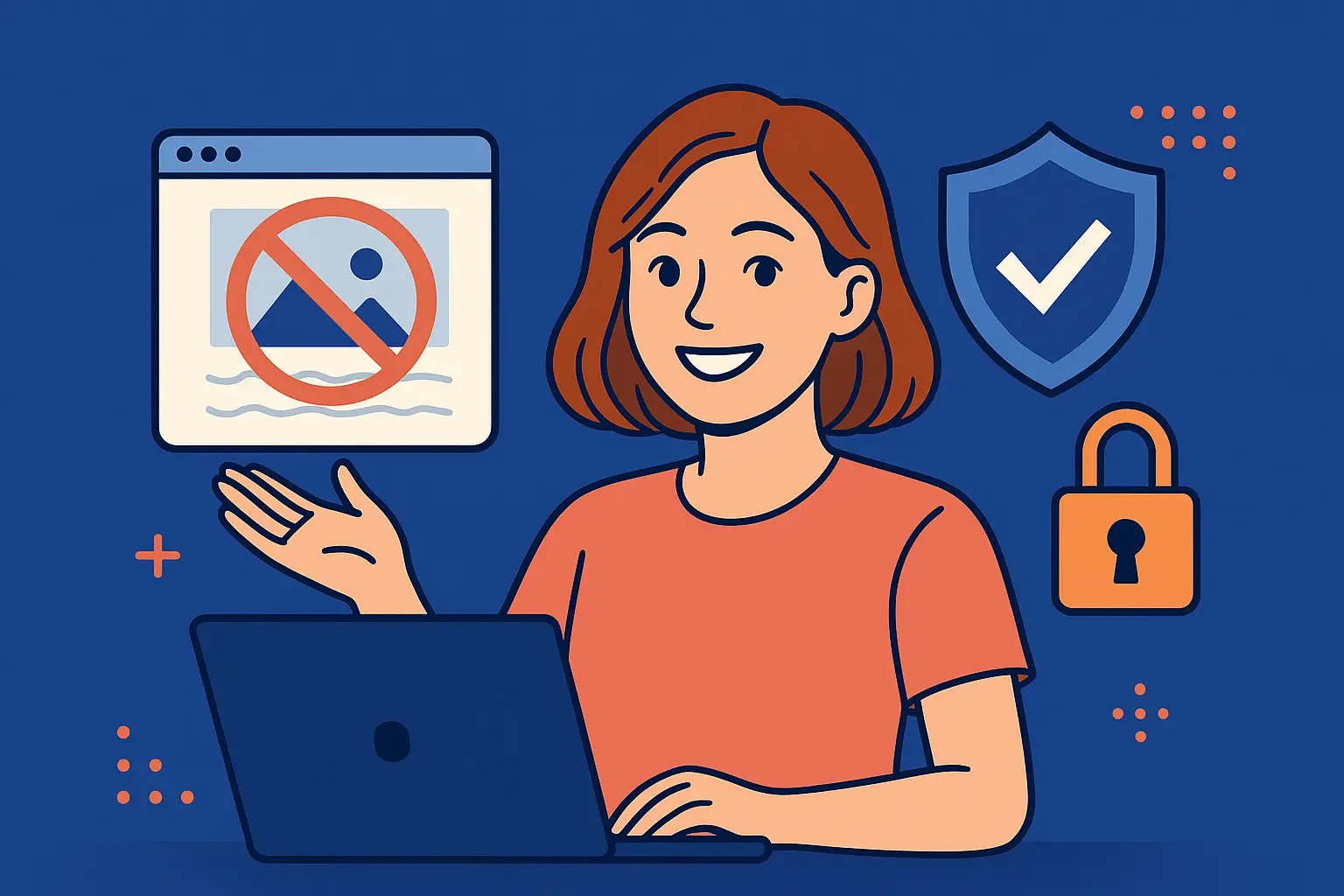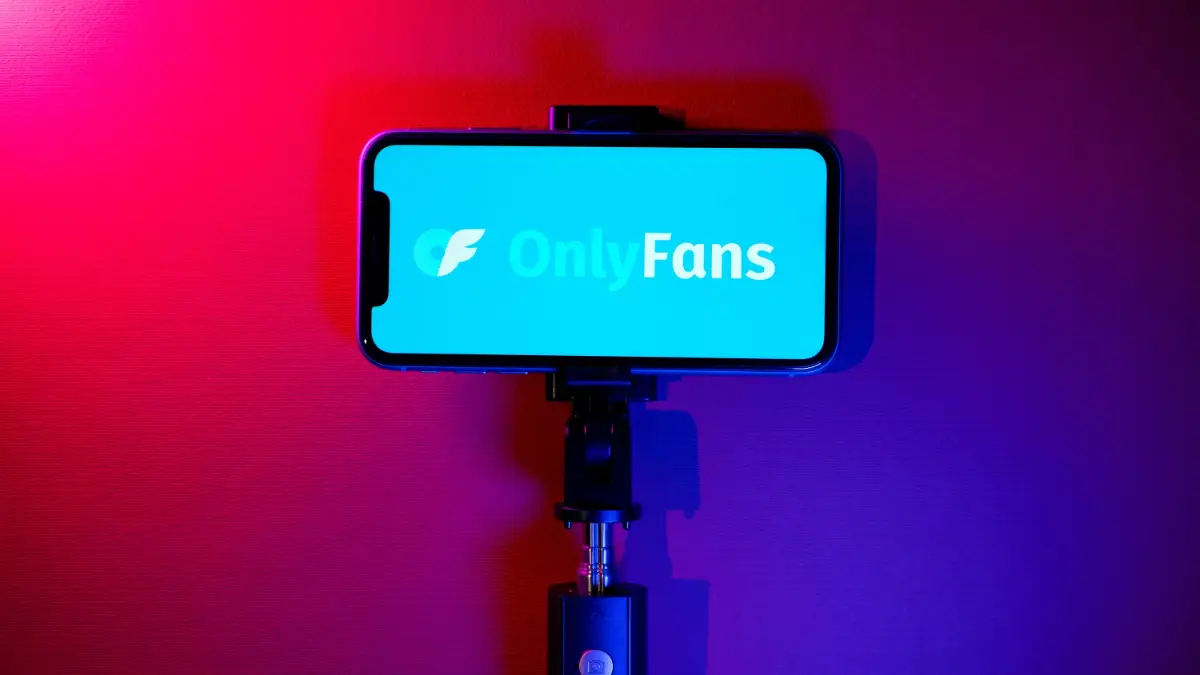In the digital age, our information, photos, videos, and creations circulate at high speed across the internet. When problems arise—such as leaks, unwanted content, or old publications that harm one’s reputation—questions often emerge about what to do and what legal tools exist to protect ourselves.
In this article, we explain the key differences between digital footprint removal, the right to be forgotten, and copyright, three concepts that are often confused but serve very different purposes.
What is digital footprint removal?
Digital footprint removal is the process of identifying and eliminating personal or sensitive information circulating on the internet.
It includes:
Old posts on social media.
Personal data (phone number, address, employment history).
Comments on forums or websites that no longer represent the person.
Photos or information that put one’s reputation or safety at risk.
It is both a preventive and corrective approach aimed at minimizing online exposure, improving privacy, and protecting the digital reputation of individuals and businesses.
What is the right to be forgotten?
The right to be forgotten is a legal right recognized in many countries (especially in the European Union and Latin America) that allows individuals to request search engines like Google to remove links from search results when they are:
Obsolete.
Inaccurate.
Harmful to reputation.
Lacking public interest.
Important: the right to be forgotten does not delete the original content—it only delists it from search engines. This means the links stop appearing on Google, but the file may still exist online unless it is directly removed.
What is copyright?
Copyright protects any original work or creation: photos, videos, texts, music, courses, illustrations, etc.
When someone distributes your content without permission (for example, OnlyFans leaks, pirated courses, or private photo publications), you can demand immediate removal through a DMCA takedown or other copyright protection mechanisms.
It is the most powerful global tool for removing leaks and illegal copies from the internet, as it compels platforms, social networks, and search engines to eliminate the material.
Key differences
Digital footprint removal → eliminates personal information or past publications.
Right to be forgotten → delists harmful results from Google or other search engines.
Copyright → removes leaked or pirated content that belongs to you.
Each mechanism addresses a different need, and in many cases, the best strategy is to combine them to achieve an effective digital cleanup.
Conclusion
The internet never forgets, but you can take back control.
Whether you want to protect your reputation, hide outdated information, or remove leaks of your content, there are legal and technological solutions for every case.
👉 At Traqeer, we specialize in helping you erase what should not be online. Whatever your situation, contact us today and let’s start cleaning your digital footprint.
![Digital Footprint Removal, Right to Be Forgotten, and Copyright: What’s the Difference? [2025 Guide]](https://traqeer.com/wp-content/uploads/2025/09/Screenshot-2025-09-23-at-8.14.56-PM.png)


